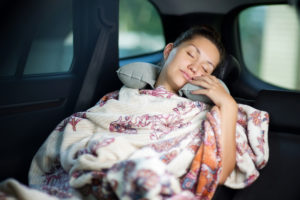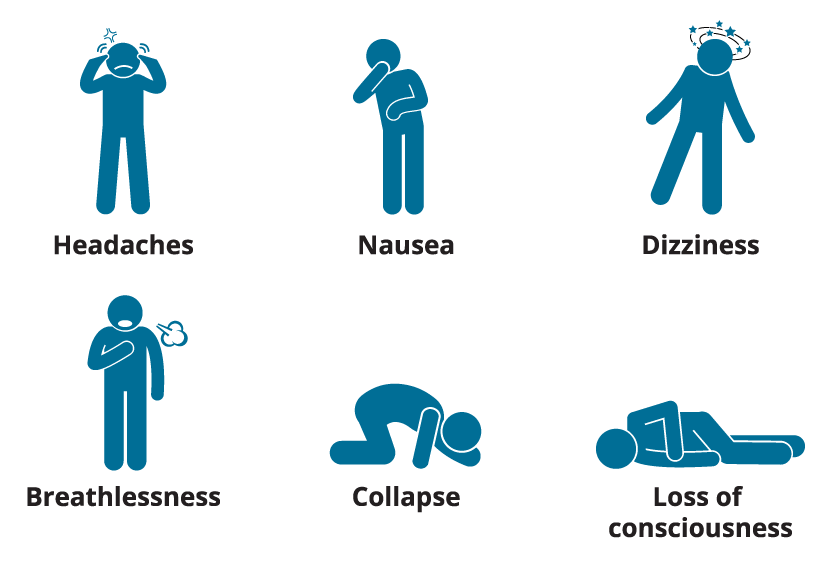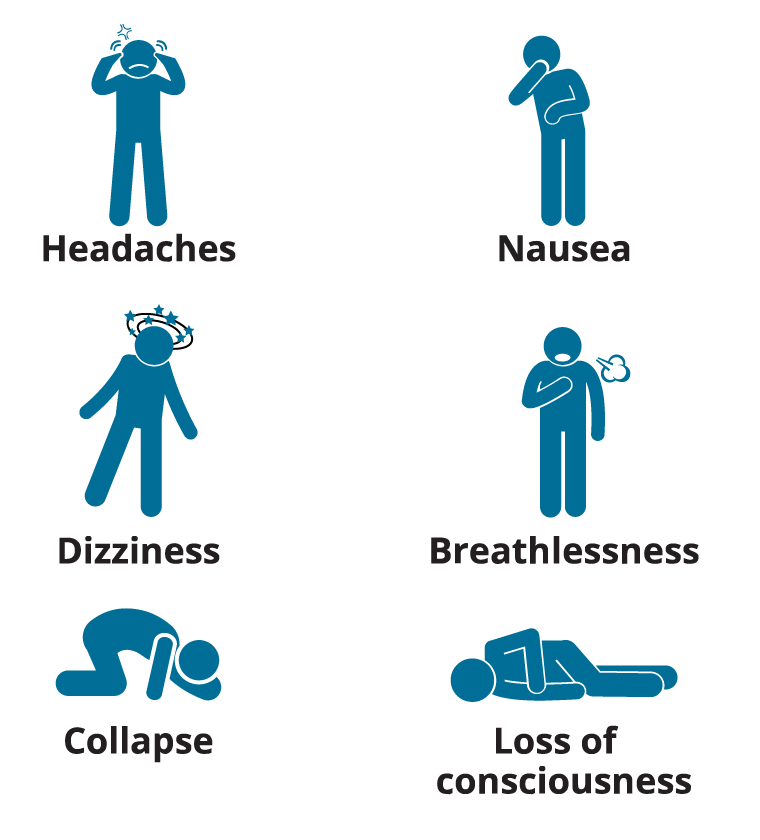Napping in your car safely
if you have idiopathic hypersomnia or narcolepsy type 1 or 2

if you have idiopathic hypersomnia or narcolepsy type 1 or 2
Many people with hypersomnias (PWH) need to sleep or nap in their cars, whether they are taking a break from driving or just need a private, quiet, temperature-controlled space for a nap and have no better option. Here are some tips on how to plan ahead so you can do it legally and more safely.
Jump to page sections
If you’re feeling sleepy while driving, you should pull over to a safe place and decide what to do:
Never park on the side of a busy road to decide what to do or to sleep – this is very dangerous. Pull into a parking space or parking lot while you consider what to do next.
Always discuss any sleepiness while driving with your doctor, so they can adjust your treatment plan and help assess your fitness to drive.
In the U.S., there are various state and local laws on sleeping in cars. The best way to know the law in your area is to:
If you might need to nap in your car, research the best options on your route ahead of time, which tend to be:
If these aren’t an option, experienced travelers recommend:
To learn more, visit these web pages:

If you believe you’re at high risk of a police encounter while napping in your car, knowing your rights and how to react may help you avoid serious legal problems. To learn more, visit:
Yes, but only if you’re very careful to avoid exposure to carbon monoxide (a clear, odorless gas found in vehicle exhaust), which can get inside your vehicle and lead to suffocation and death.
Here are the symptoms of carbon monoxide poisoning:


If you’re asleep when the carbon monoxide symptoms begin, they’re unlikely to wake you up so you can get out of the car.
On chilly days, extra outerwear, blankets, and sleeping bags may help you sleep comfortably without using the car’s heat. When the temperature inside the car is too hot, there’s a risk of heat stroke or death. Consumer Reports tests showed that even on a partly cloudy day when the outside temperature is 61 degrees F, the temperature inside the car can rise to 105 degrees F in 1 hour. If the temperature inside your vehicle is unsafe or so uncomfortable that you cannot fall asleep, then you’ll need to run the heat or air conditioning while napping.
Published Feb. 12, 2021 |
Revised Jan. 24, 2024
Complete update Sep. 15, 2023 |
Approved by our medical advisory board